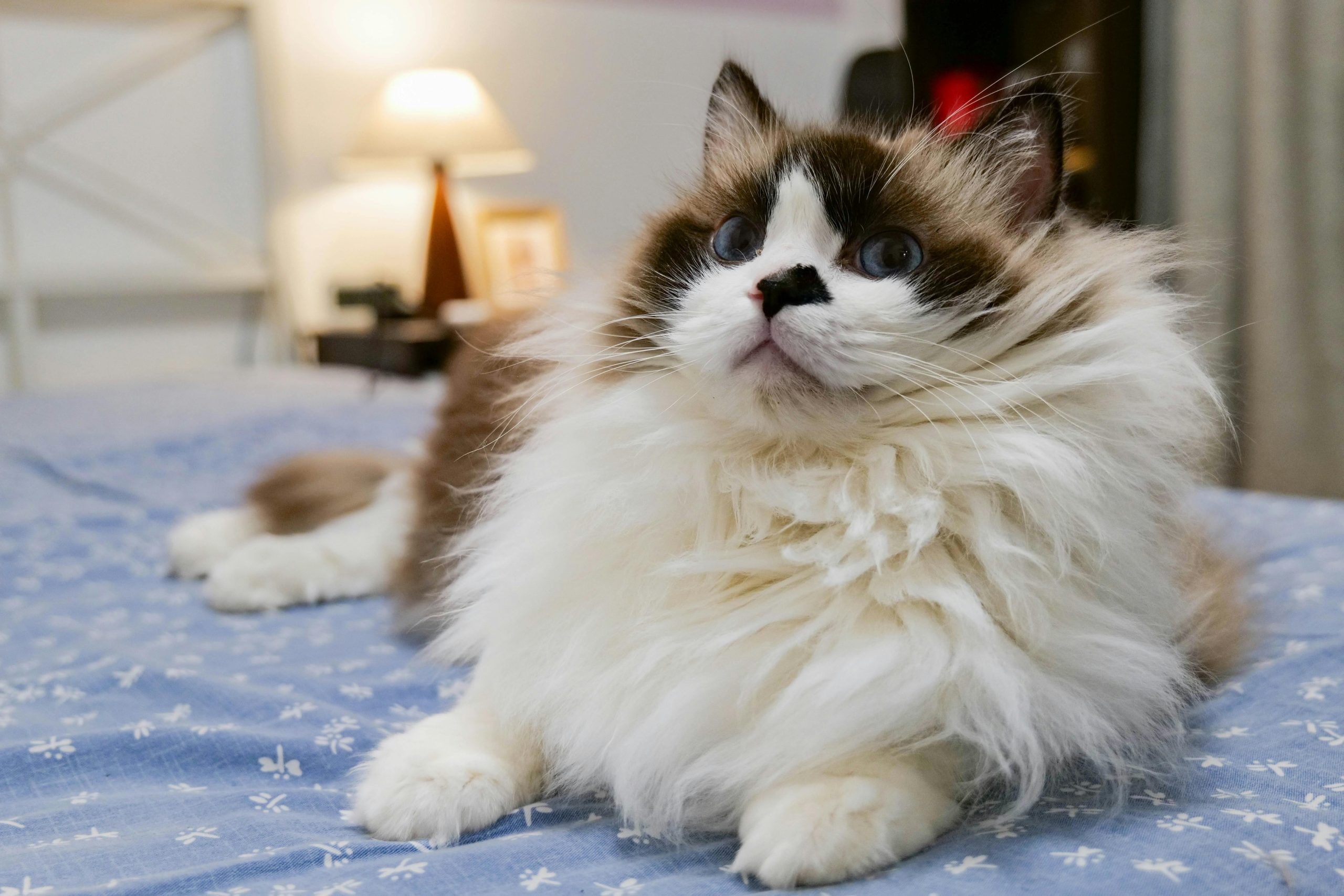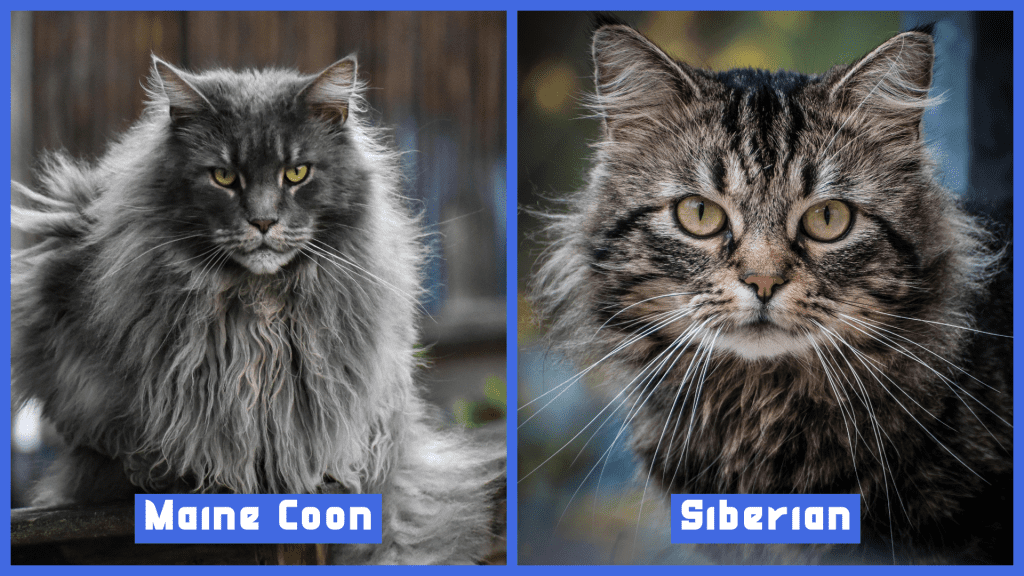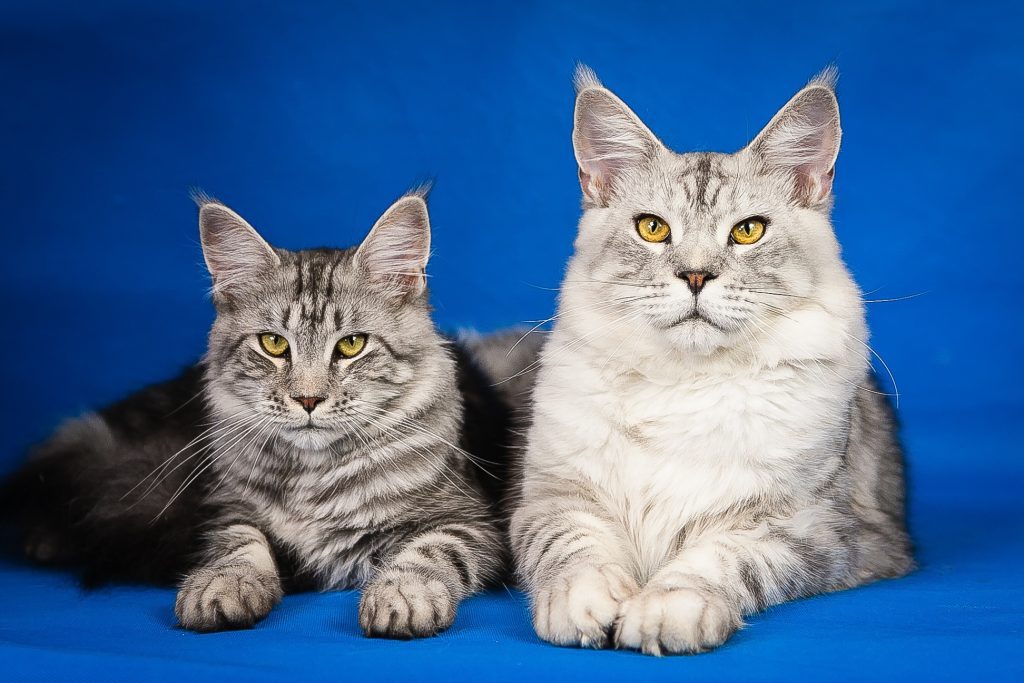Ragdoll cats are often painted as the perfect pet—gentle, stunning, and endlessly affectionate. But looks don’t show the daily realities that many new owners don’t hear about. These cats can be needy, demanding, and surprisingly high-maintenance.
If you’ve ever searched “bad things about Ragdoll cats” or “are Ragdolls hard to care for,” you’re not alone. This post shares the full picture—from real owner stories to lessons learned firsthand—so you can decide if the Ragdoll lifestyle truly fits you.
By the end, you’ll know what to expect, how to prepare, and what seasoned owners wish they’d known before bringing one home.
Why Ragdolls Are a Big Investment (Upfront & Ongoing)
Ragdolls aren’t just beautiful—they’re an investment. Expect to pay $800–$2,500+ for a healthy kitten from a reputable breeder, with rare colors or show-quality lines costing more. Going cheap often means skipping genetic testing, raising the risk of heart disease (HCM). But the real cost kicks in after adoption:
- Food & litter: $60–$100/month
- Grooming & supplies: $15–$30/month
- Vet care & insurance: $45–$90/month
That’s $1,500–$3,000/year—about the cost of a nice vacation or a new laptop, every year. With a 12–15+ year lifespan, the financial commitment adds up. If you’re not ready for premium food, regular vet care, and ongoing grooming, a Ragdoll can stretch your budget fast.
Recommended Post
Why Are Ragdoll Cats So Expensive? 5 Key Reasons Behind the High Price
Prone to Certain Health Problems
Ragdolls may look like healthy, low-maintenance cats, but looking gorgeous doesn’t make them bulletproof. This breed carries genetic risks, most notably Hypertrophic Cardiomyopathy (HCM), a heart disease that can cause sudden death, and Polycystic Kidney Disease (PKD), which can lead to kidney failure.
Even beyond genetics, their laid-back lifestyle makes them prone to obesity, urinary issues, and dental problems. Many owners are surprised when their calm cat needs yearly dental cleanings or special diets. Prevention matters—so you’ll want to:
- Request health screenings before buying (HCM/PKD)
- Schedule yearly vet checks for heart and kidney health
- Keep them active to avoid weight gain
- Maintain dental care with brushing or vet-approved treats
Grooming a Ragdoll Isn’t Optional
Think grooming a Ragdoll is just a quick swipe with a comb? Think again. That luxurious semi-long coat may feel silky, but it mats easily, especially under the armpits, belly, and behind the ears.
Brushing 3–4 times a week is non‑negotiable if you want to avoid tangles, hairballs, or surprise vet shaves. You’ll need a good wide‑tooth comb for detangling, a slicker brush (I swear by my Chris Christensen) for loose fur, and a deshedding tool during heavy shed cycles. Skip a week, and you’ll be snipping mats out of their belly fur.
Ragdolls are gorgeous, but they’re a high‑maintenance breed—stick to a routine, and grooming becomes a bonding ritual, not a battle.
Recommended Post
Ragdolls Aren’t for Busy Lifestyles
Ever been followed to the bathroom? With a Ragdoll, you will be. They aren’t your typical “chill, independent” cats—they want to be wherever you are. They’ll trail you from room to room, wait outside the door, and cry if shut out.
While their constant companionship is sweet, it can lead to separation anxiety. Left alone too long, some Ragdolls cry, skip meals, scratch doors, or have accidents.
Busy professionals or frequent travelers may struggle to meet their emotional needs. What works: get a second pet, leave a radio on, try a cat cam, or arrange midday visits.
If you’re gone 8+ hours a day, your Ragdoll may become stressed, lonely, and unhappy.
You Might Also Like
Big Cat, Big Impact – Ragdolls Need Room
Ragdolls are gentle giants—males can weigh 15–20 lbs and stretch up to 40 inches nose-to-tail. While their size is part of their charm, it brings real-life challenges. Standard litter boxes? Too cramped—get a jumbo (22″+) model with high sides.
Lightweight cat trees? They’ll topple—trust me, solid wood and wide bases are worth it. In a small apartment, those big leaps can disrupt tight spaces and even damage shelves or upholstery.
Plan with sturdy climbing gear, large scratchers, and roomy spots to lounge. Otherwise, that giant fluff will happily claim your couch—and everything around it.
Can Trigger Allergies
Despite the myth, no cat—including the Ragdoll—is truly hypoallergenic. The main cat allergen, called Fel d 1, is really just proteins in their spit and skin oils. When your Ragdoll grooms, this spreads through their fur, shedding into your home and clinging to fabrics.
Their plush coats and seasonal shedding can make allergens even harder to escape. Plenty of hopeful owners learn this the hard way. Allergy-prone folks can still enjoy life with a Ragdoll, but it takes effort:
- Wipe fur regularly with allergen-reducing wipes
- Vacuum with a HEPA filter and run an air purifier
- Keep bedrooms cat-free and wash bedding weekly
Ragdolls can still trigger allergies—test your reaction before adopting to avoid future regret.
Recommended Post
Are Ragdoll Cat Hypoallergenic? Quick Guide To What Vets & Cat Experts Say
Picky About Litter Boxes
Ragdolls may be laid-back in personality, but when it comes to litter boxes, they have high standards. They’re sensitive to change and easily turned off by dirty conditions, strong perfumes, or harsh cleaners. Skip daily scooping or switch their box, and you might get an unwelcome surprise. For success:
- Go clean: Scoop daily, deep clean monthly with mild soap
- Go quiet: Place in low-traffic, odor-free spots
- Go scent-free: Unscented, soft-clumping litter works best
Meet their litter standards, and they’ll reward you with perfect habits—skimp on them, and they’ll let you know.
Not Always the “Perfect Lap Cat”
Ragdolls have a reputation as constant lap warmers—but the truth is, not every Ragdoll craves cuddles-on-demand. Many are affectionate in their own way and prefer being close by rather than directly on your lap.
Some might sleep at your feet, rest on the armrest, or simply enjoy your presence from nearby. Personality, genetics, and early socialization all play a big role in how much physical contact they enjoy.
If you’re hoping for more lap time:
- Let them initiate contact
- Use a soft blanket they like
- Reward calm closeness with gentle praise or treats
Affection comes in many forms. Respecting their comfort builds stronger trust than trying to force lap snuggles.
Final Thoughts
Ragdolls aren’t perfect, but their quirks are part of their charm. They were bred to be gentle and affectionate, and they thrive best with patient, informed owners. Expect grooming, enrichment, and plenty of cuddles on their terms, not perfection.
A few tips to embrace your Ragdoll:
- Schedule regular grooming to prevent mats.
- Use positive reinforcement, avoiding harsh corrections.
- Provide safe, cozy spaces alongside interactive toys.
Remember, their clinginess is a trait, not a flaw. With realistic expectations and a bit of patience (and a good lint roller), the rewards far outweigh the challenges. If you already have one, drop your best tip below—I’d love to hear it!
You Might Also Like

Hi, I’m Mo Pavel—a writer, researcher, and devoted animal lover. With my Persian cat Luna and two loyal German Shepherds, Rex, and Max, I live a life centered around pets. Beyond my home, I care for stray dogs, ensuring they feel loved and safe. Through Cats Question, I share insights to help pet owners create better lives for their furry companions.






